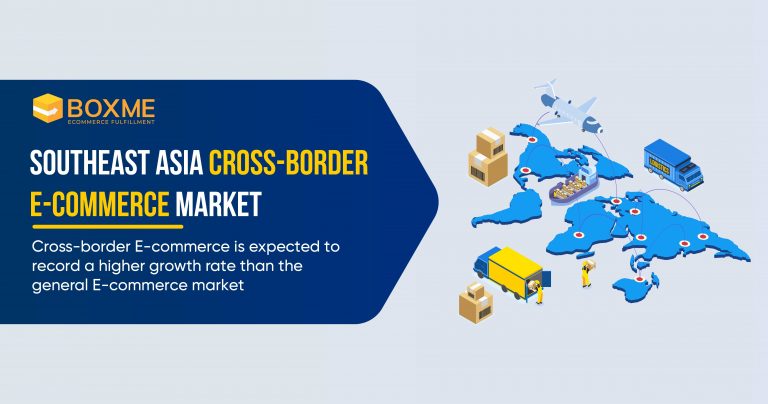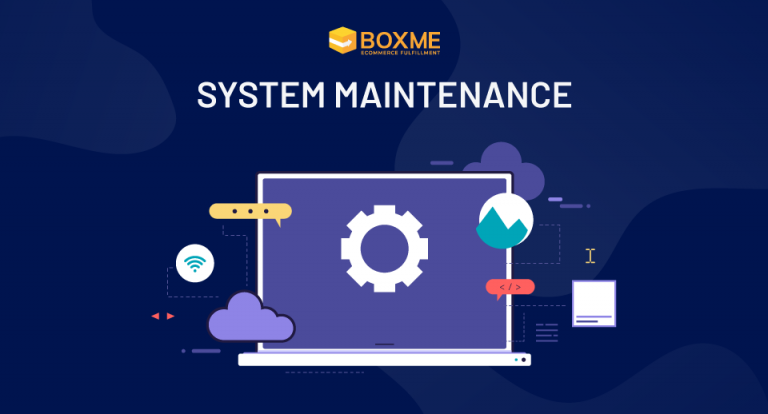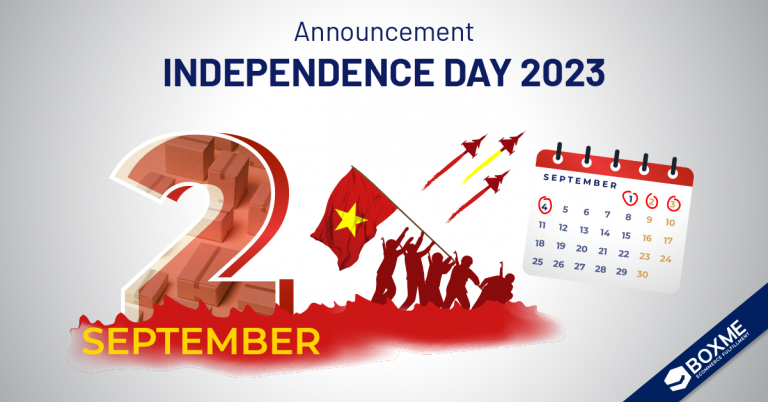Cross-border E-commerce is expected to record a higher growth rate than the general E-commerce market, especially in Southeast Asia.
Due to the crowded population, increasing disposable income, internet users, smartphone usage and infrastructure improvement, etc led to the logistics services development more efficiently and quickly.
Southeast Asia cross-border E-commerce is booming and taking advantage of niche products, reasonable costs, high quality goods, etc lead to the increase in demand for this E-commerce market.
Besides, cross-border E-commerce also deals with a lot of challenges, such as high delivery costs and tight delivery deadlines, currency and language, etc. Moreover, online payments are hindered due to the absence of bank accounts in some countries.
Estimated that by 2023, Southeast Asia’s cross-border GMV will reach $12 billion, accounting for more than 40% of the total regional E-commerce market.
- Singapore and Malaysia account for more than 50% of cross-border GMV in Southeast Asia
- Thailand is expected to reach $5.8 billion and 14.5% CAGR rate in 2022
- Vietnam and the Philippines are also two potential cross-border E-commerce markets.
The hot products of this market are: Hotel booking transactions, air tickets; Clothes; Footwear; Cosmetics and Games.
The international E-commerce platforms are targeted such as:
- Alibaba Group (AliExpress, Tmall, Alibaba.com, Lazada, Taobao)
- Amazon
- eBay
- JD.com (JingDong)
- ASOS
- Ezbuy
- Vcanbuy
- Etsy
[Infographic] Southeast Asia’s Cross-border E-commerce market

About Boxme: Boxme is the premier E-commerce fulfillment network in Southeast Asia, enabling world-wide merchants to sell online into this region without needing to establish a local presence. We deliver our services by aggregating and operating a one-stop value chain of logistic professions including: International shipping, customs clearance, warehousing, connection to local marketplaces, pick and pack, last-mile delivery, local payment collection and oversea remittance.











